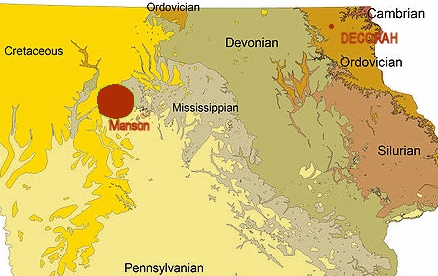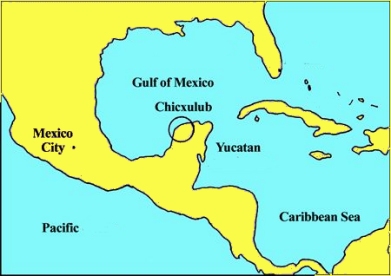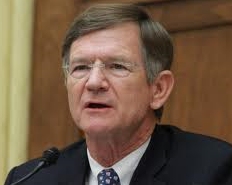

Next year another comet will visit the inner solar system for the first and last time -- C/2013 A1. The people on your TV set will incorrectly refer to it as Siding Springs, which is the group that discovered it. It may only brighten to about 7th magnitude and so it won't be visible to the naked eye. On October 19, 2014 it will pass about 70,000 miles of Mars. The margin of error allows for a small, but non-zero chance of collision with Mars. C/2013 A1 has inclination of 129 degrees to the ecliptic and an eccentricity of 1.00038. The inclination means that it came from the Oort cloud and the eccentricity means that it won't be back any time soon, if ever. It's close encounter with Mars will likely perturb its orbit. C/2013 A1 will pass Mars, or collide with it, at 56 km/s or 125,000 miles per hour.
Your high school physics class introduced you to the equation for calculating kinetic energy: KE = 1/2 mv2. The nucleus of the comet is likely on the order of 5 km in diameter and these dirty snowballs generally have a density of about 600 kg/m3. So the mass of the comet would be 4/3 π (2.5 km)3 x 600 kg/m3 = 4 x 1013kg. The kinetic energy works out be about 6 x 1022 Joules. A kiloton of TNT exploding yields 4.184 x 1012 Joules and the Hiroshima bomb had a yield of 12.5 kilotons. The thermonuclear bombs we have aimed at Russia (to this day) are 1.2 Megaton munitions. Based on our size and density estimates, C/2013 A1 could have bring 15 million megatons of energy to a Mars impact and leave a crater 40 to 50 miles wide. There is an outside possibility that C/2013 A1 is up to 50 km in diameter which would mean an impact would produce in excess of over 20 billion megatons leaving a 350 mile diameter crater.


Manson Iowa was struck by a 2 km rocky meteorite 74 million years ago leaving a crater 24 miles in diameter. There is another impact crater 3.5 miles wide in diameter was created 469 million years ago in the Decorah area by a 200 meter rocky meteor. The Chicxulub impact that eliminated dinosaurs (except for birds) delivered a 100 million megaton blast leaving a 110 mile wide crater. Comet C/2013 A1 could be more than two orders of magnitude more energetic if it impacts Mars and if it is at the upper limit of the size estimate.
Now, you might think that the opposite side of the planet would be the best place to escape one of these planet killers, but probably not. The impact is significant enough to put ejecta into space. And the world turns! Then some of the ejecta is likely to come back down near the antipode. Furthermore, seismic waves would travel around the world and meet at about the same time -- near the antipode.
The Tunguska event in Siberia 1908 was caused by a 300 foot diameter meteor and delivered 15 megaton blast that flattened 800 square miles of forests. The Chelyabinsk meteor in February was about 60 feet in diameter and delivered a 500 kiloton blast. If it had entered perpendicular to the Earth instead of at a shallow angle, Chelyabinsk Oblast would have been blasted into oblivion and many of her 3 million people with it. There are currently about 1400 earth Potentially Hazardous Asteroids -- those bigger than 500 feet in diameter and projected to pass within 4.6 million miles some time in the future. Perhaps 90% of these larger objects have been discovered, but many of the smaller ones are discovered when they are a day or two away from Earth, or (as with Chelyabinsk) when they streak across the sky.
NASA recently went before the House Science Committee to explain why more funding for its PHA program is important. One of the twelve members of this committee is religious nut Rep. Paul Broun (R-Ga.) who says that the big bang theory and Darwinism are straight from the pits of hell. The committee's chair is Rep. Lamar Smith (R-Texas), a climate change skeptic. Thus, we inhabitants of this tiny blue planet, floating in a cosmic shooting gallery, are sadly at the mercy of pseudo-intellectuals who don't believe in science.


Paul Broun (R-Ga.) Lamar Smith (R-Texas)